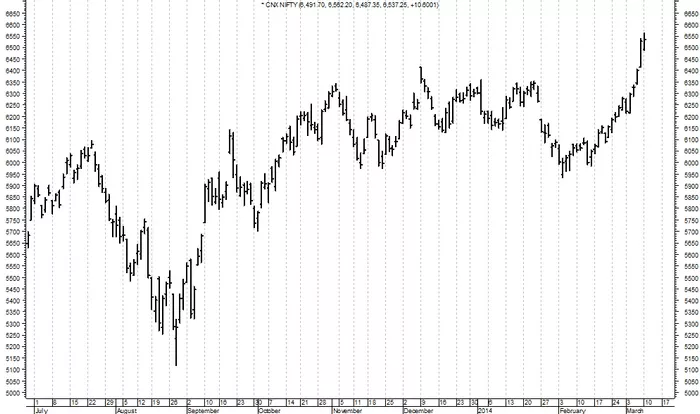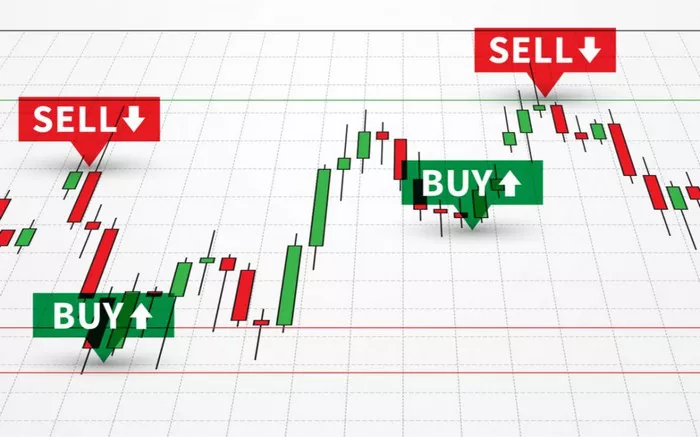Investors are moving away from U.S. stocks and putting more money into Asian equity funds, as fears grow over the impact of President Donald Trump’s tariffs on the American economy. The recent outflows from U.S. equities suggest that many believe the market’s years-long rally could be nearing its end.
Asian Equity ETFs See Largest Inflows in Seven Months
According to LSEG Lipper data, exchange-traded funds focused on Asian markets received $8.45 billion in net inflows during the three weeks ending May 7. This marks the highest inflow in roughly seven months and covers 844 listed funds around the world.
In contrast, U.S. equity funds saw $43.5 billion in outflows over the same period, the fourth straight week of losses. These shifts come as Trump’s trade policies raise uncertainty about economic growth and investor confidence.
Diversification and Currency Strength Drive Asia Investment
“Growing awareness of the need for portfolio diversification and overcrowding in the seven major equity markets is helping flows to non-U.S. markets, including Asia,” said Prashant Bhayani, chief investment officer at BNP Paribas Wealth Management.
The inflows also coincide with stronger Asian currencies, making the region more attractive to foreign investors. Currency appreciation suggests that significant capital is entering these markets.
Positive Sentiment Boosts Asia Stocks
Investors are also optimistic that countries affected by tariffs may find new trade routes or reach beneficial deals. This has helped improve sentiment toward Asian equities.
Gary Tan, a portfolio manager at Allspring Global Investments, has recently invested in ASEAN stocks that he believes offer strong value. “After the initial tariff shock in April, investors started selectively investing in specific market ETFs in countries where they expected positive outcomes from tariff talks,” he said.
Asian Markets Outperform U.S. Benchmarks
MSCI’s broadest index of Asia-Pacific shares, excluding Japan, has risen over 4% so far this year. In comparison, the S&P 500 has fallen nearly 4%, and the Nasdaq is down around 7%.
Valuations also appear more attractive in Asia. Malaysia’s benchmark index has a one-year price-to-earnings ratio of 17.56, Taiwan’s is 14.64, while the S&P 500 stands higher at 20.62.
Goldman Sachs Sees Long-Term Upside in Asia
Sunil Koul, global emerging markets equity strategist at Goldman Sachs, believes the trend toward Asia will continue. “We believe the growing need for diversification into U.S. assets and a weakening U.S. dollar over time towards its long-term fair value, coupled with cheaper valuations and lighter positioning, are positive for Asian equities,” he said.
Related topics:
































